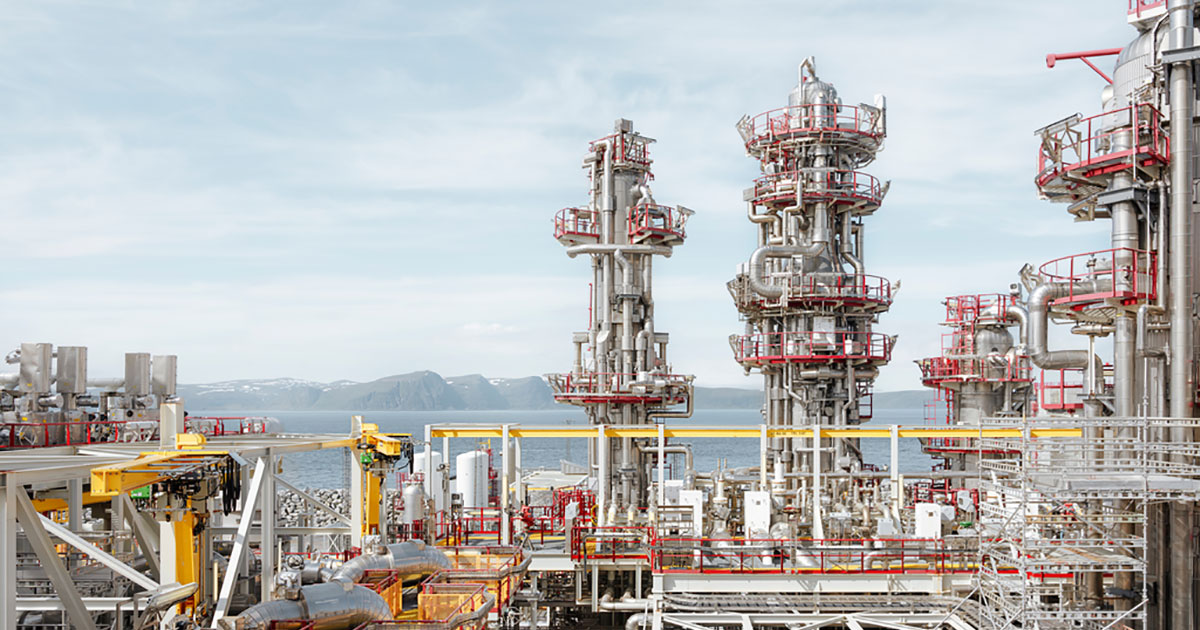The first phase of the plan to reduce emissions by 2030 means more than 5 million tonnes in annual reductions, representing around 10% of total annual Norwegian greenhouse gas emissions today. Similar as for the EU ETS targets, 2005 is used as a baseline for emissions reductions.
Total emissions for Equinor operated fields and plants in 2018 were around 13 million tonnes, approximately the same level as in 2005. The ambition will cover all greenhouse gas emissions from offshore fields and onshore plants operated by Equinor in Norway, including both Scope 1 and Scope 2 emissions of CO2 and methane. Since methane emissions are very low at the Norwegian continental shelf, the CO2-emissions is the predominant part.
A 40% reduction by 2030 will be realized through large scale industrial measures, including energy efficiency, digitalization and the launch of several electrification projects at key fields and plants, including the Troll and Oseberg offshore fields and the Hammerfest LNG plant.
The 2030 ambition will require investments of around NOK 50 billion for Equinor and its partners. Subject to positive investment decisions in the licenses, these investments will have neutral to positive net present value, in addition to strengthening future competitiveness.
Further reduction ambitions towards 70% in 2040 and close to zero in 2050 will entail additional measures, further electrification projects, consolidation of infrastructure as well as opportunities to develop new technologies and value chains.
In 2050, Equinor expects Norwegian oil and gas production to be less than half of current levels, assuming development of the defined projects ahead of us, substantial efforts to increase production from existing fields and continued exploration.
Equinor aims to utilize its capabilities within innovation, technology and large-scale industrial solutions to develop new competitive value chains. Currently Equinor is pursuing and maturing opportunities within offshore wind, carbon capture and storage and emissions-free hydrogen based on natural gas.
The ambitions will support the development of new value chains within hydrogen and carbon capture and storage and help ensure that the Norwegian continental shelf and onshore plants can play an important role and create value in a world with net zero emissions.
In setting ambitions for substantial cuts towards close to zero emissions in 2050, Equinor has assumed stable Norwegian framework conditions, including the tax system, and necessary investments in the onshore electricity grid. A continuation of the industry’s NOX-fund and other positive measures can support substantial emissions reduction.
Setting ambitions for substantial cuts in emissions in Norway is an important step in aligning Equinor’s business with the Paris Agreement. Equinor will present new corporate climate ambitions and a holistic climate platform, including an approach to decarbonization and life cycle emissions, at the Capital Markets Update in February.


